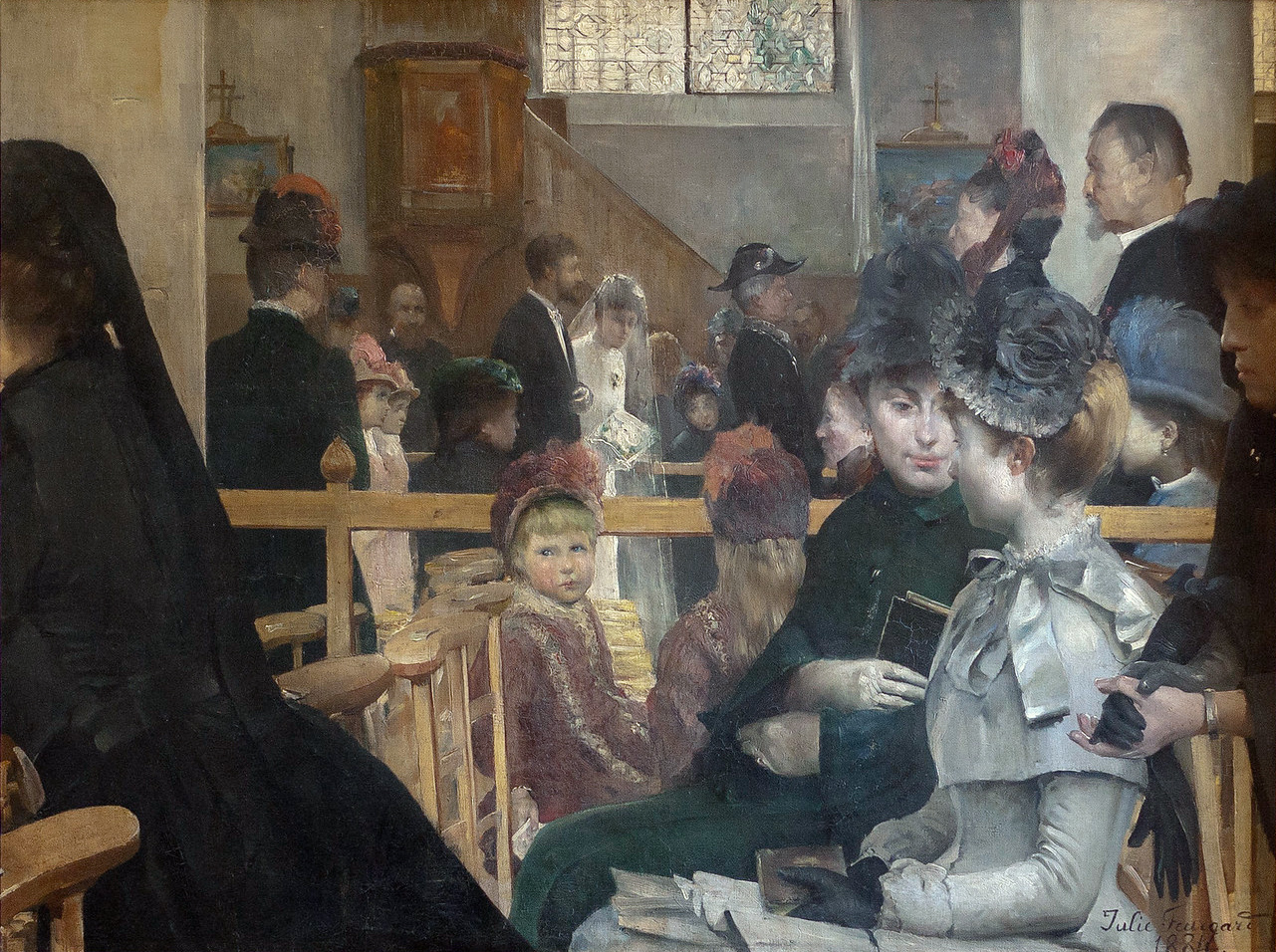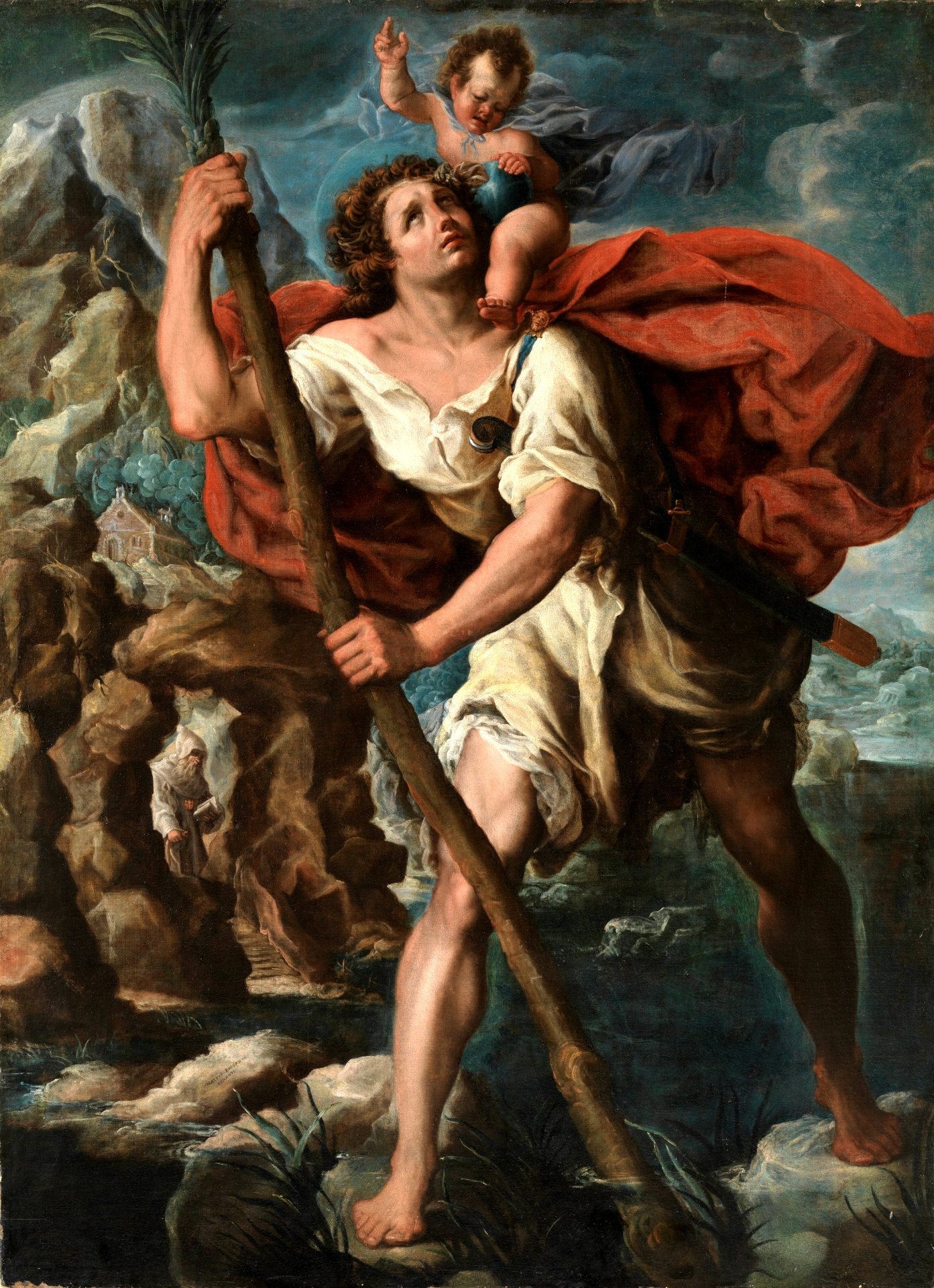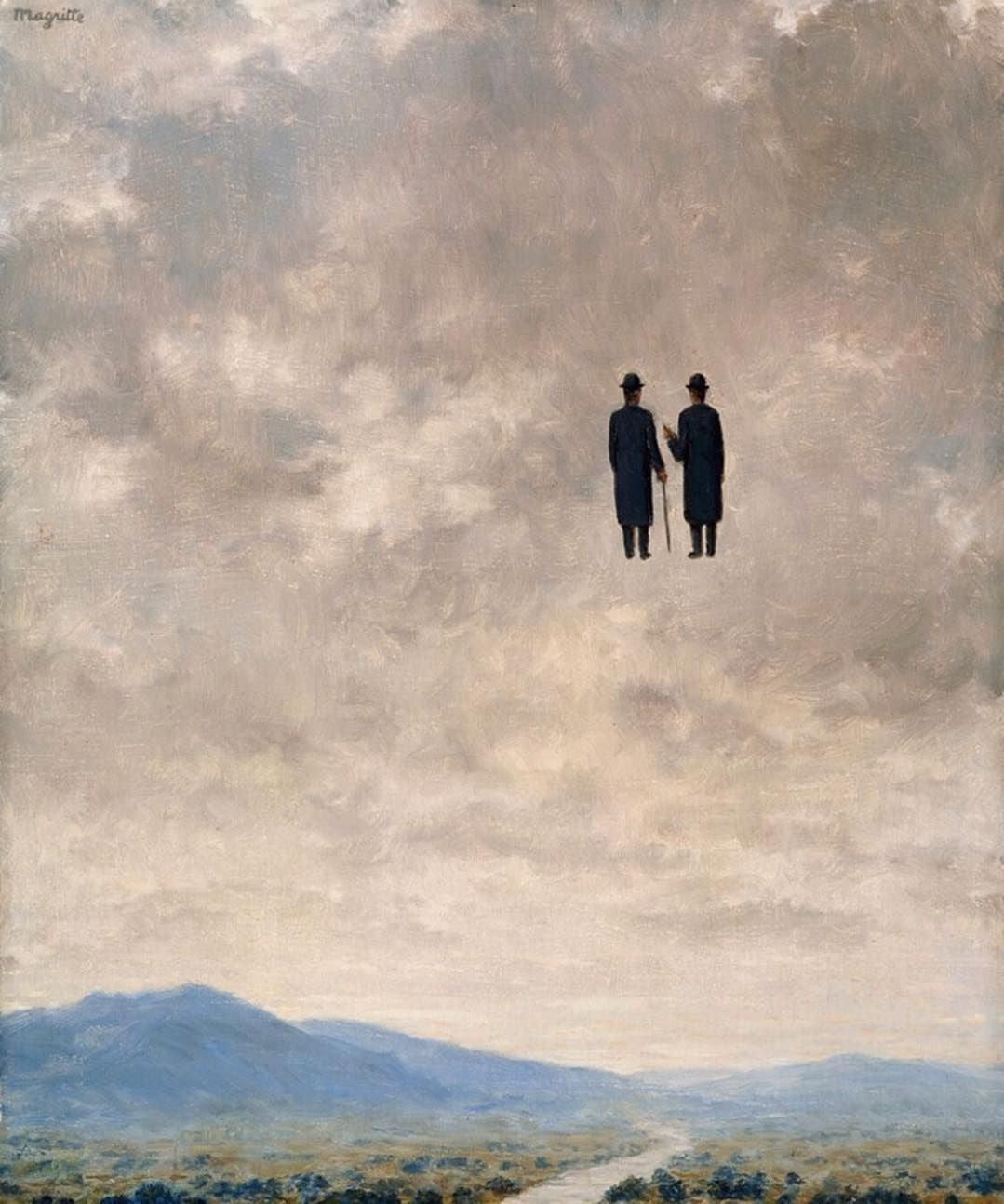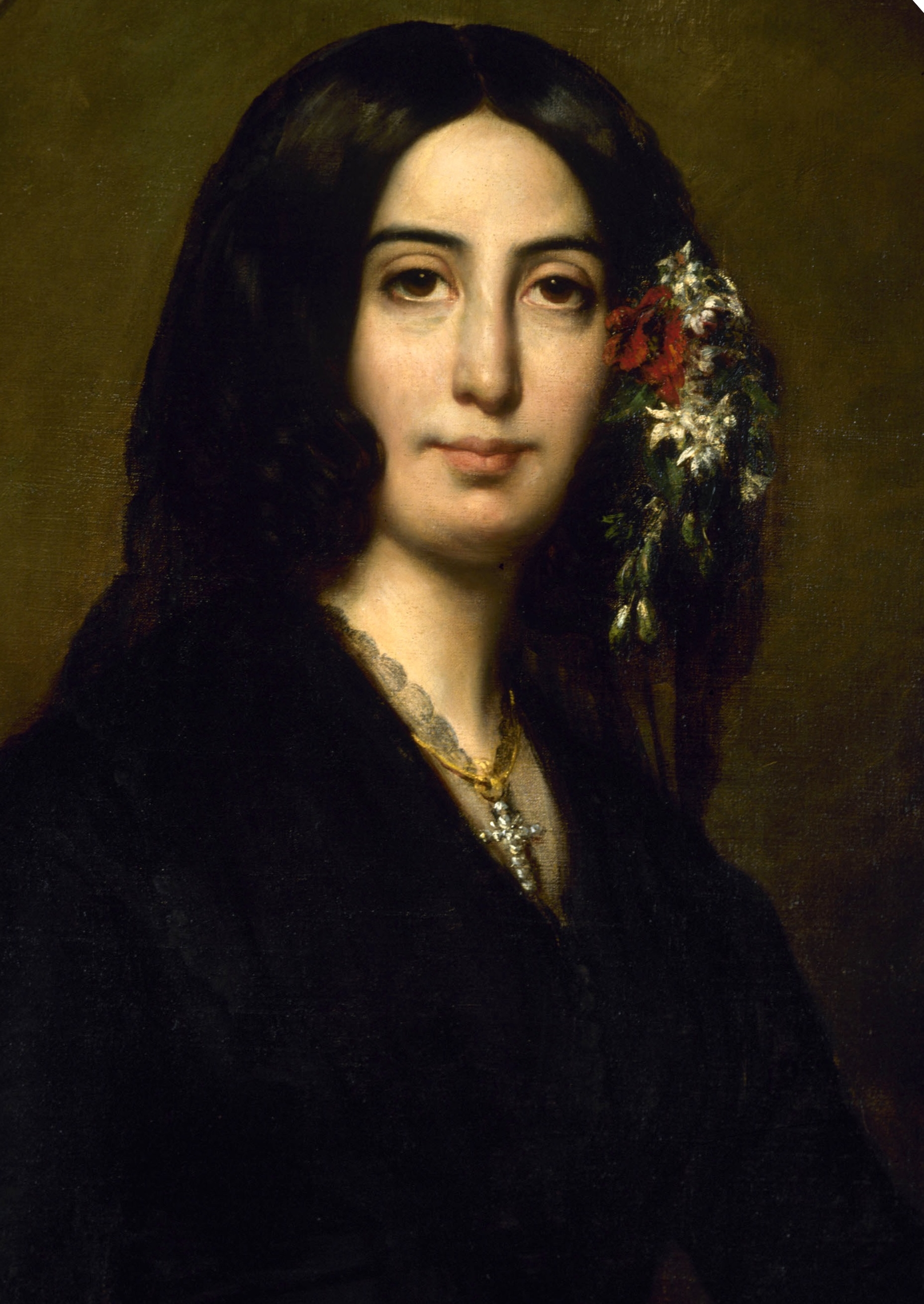Julie Delance-Feurgard was a student at the Académie Julian, where she became close friends with fellow artist Louise Breslau, who painted a portrait of her (now at the Musée Cantonal des Beaux-Arts de Lausanne in Switzerland).
She exhibited at the Salon between 1880-1888, earning honorable mentions for her work there and at the 1889 Exposition Universelle.
Her work received positive attention from critics. She married one of her teachers, Paul-Louis Delance, in 1886, and continued her career, which was cut short by her untimely death in 1892. | Source: © The Clark Art Institute








